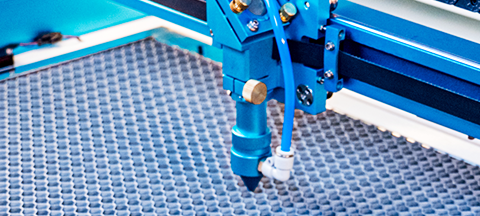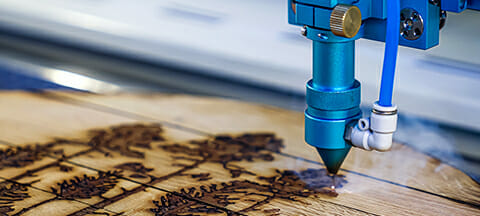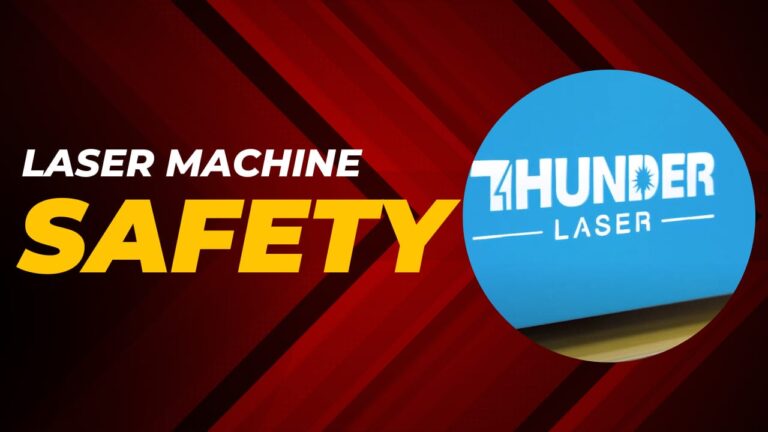Are you considering investing in a laser engraving machine but unsure if it’s worth the cost? The answer is yes, but let’s dive into the nitty-gritty of evaluating the return on investment (ROI) of a laser engraving machine.
First, let’s define ROI. It’s a measure of the profitability of an investment, typically calculated as the ratio of net profit to the initial cost of investment. In simpler terms, it’s the amount of money you can make from your investment compared to the amount you spent.
When it comes to laser engraving machines, there are a few factors to consider when evaluating the ROI:
- Equipment Costs: The initial cost of the machine
- Operating Expenses: Maintenance, repairs, and consumables
- Revenue Generation Opportunities: Potential income from selling engraved products
Equipment Costs
The cost of a laser engraving machine and therefor the return on investment can vary greatly depending on the size and power of the machine. A smaller, entry-level machine can cost anywhere from $2,500 to $10,000, while a larger, industrial-grade machine can cost upwards of $100,000. While the upfront cost may seem steep, it’s important to consider the potential revenue generation opportunities that come with owning a laser engraving machine.
Operating Expenses
Like any piece of equipment, laser engraving machines require maintenance, repairs, and consumables. Maintenance and repairs can include cleaning the machine, replacing parts, and calibrating the laser. Consumables include items like laser tubes, lenses, and engraving materials. It’s important to factor these costs into your ROI calculations to get a more accurate picture of the potential profitability of your investment.
Revenue Generation Opportunities
The revenue generation opportunities from a laser engraving machine are vast. With the ability to engrave on a wide range of materials, including wood, plastic, metal, and glass, the possibilities are endless. You can create personalized gifts, awards, signage, and promotional items. The demand for custom engraving services is high, making it a lucrative market to tap into.
So, how do you calculate the ROI of a laser engraving machine? Here’s an example:
Let’s say you purchased an entry-level laser engraving machine for $5,000. Your monthly operating expenses, including maintenance and consumables, are $500. You offer a variety of engraving services, including personalized gifts, awards, and promotional items, and charge an average of $50 per job. You estimate that you’ll complete 20 jobs per month, bringing in a monthly revenue of $1,000.
To calculate the ROI, you first need to calculate your net profit. Your net profit is your revenue minus your operating expenses, which in this case is $1,000 – $500 = $500.
Next, you need to calculate your ROI. Your ROI is your net profit divided by your initial investment, which in this case is $500 ÷ $5,000 = 0.1 or 10%.
This means that for every dollar you invested in your laser engraving machine, you’ll receive a return of 10 cents. While it may not seem like much, keep in mind that this is just an example of an entry-level machine. A larger, industrial-grade machine with higher revenue potential could result in a much higher ROI.
To maximize your ROI, it’s important to consider the following:
- Market Demand: Research the demand for laser engraving services in your area and the competition.
- Marketing: Develop a marketing strategy to reach potential customers and promote your services.
- Pricing: Set competitive pricing for your services based on market demand and your operating costs.
Investing in a laser engraving machine can be a profitable venture if done correctly. With the ability to personalize and create unique products, the demand for laser engraving services is only increasing. By evaluating the ROI of a laser engraving machine and factoring in the potential revenue generation opportunities, you can make an informed decision about your investment.
Another way to increase your laser engraving machine return on investment is to diversify your services. While engraving services may be your primary revenue stream, consider offering additional services like cutting, etching, or marking. This can help expand your customer base and increase your revenue potential.
It’s also important to stay up-to-date with the latest trends and technologies in laser engraving. As technology advances, new materials and techniques become available, allowing you to offer unique and in-demand services. Stay connected with the laser engraving community, attend trade shows and conferences, and continue to educate yourself on the latest advancements in the industry.
In addition to increasing your ROI, investing in a laser engraving machine can also provide other benefits, such as increased productivity and efficiency. With the ability to automate and streamline certain tasks, you can save time and reduce labor costs. You can also produce higher-quality products with greater precision and accuracy.
When evaluating the ROI of a laser engraving machine, it’s important to consider the long-term benefits as well as the short-term costs. While the initial investment may seem high, the potential for increased revenue and efficiency can make it a worthwhile investment.
In conclusion, investing in a laser engraving machine can be a profitable venture if done correctly. By evaluating the ROI and factoring in potential revenue generation opportunities, you can make an informed decision about your investment. To maximize your ROI, consider diversifying your services, staying up-to-date with the latest trends and technologies, and focusing on long-term benefits. With the right strategy and approach, a laser engraving machine can be a valuable asset to your business.




